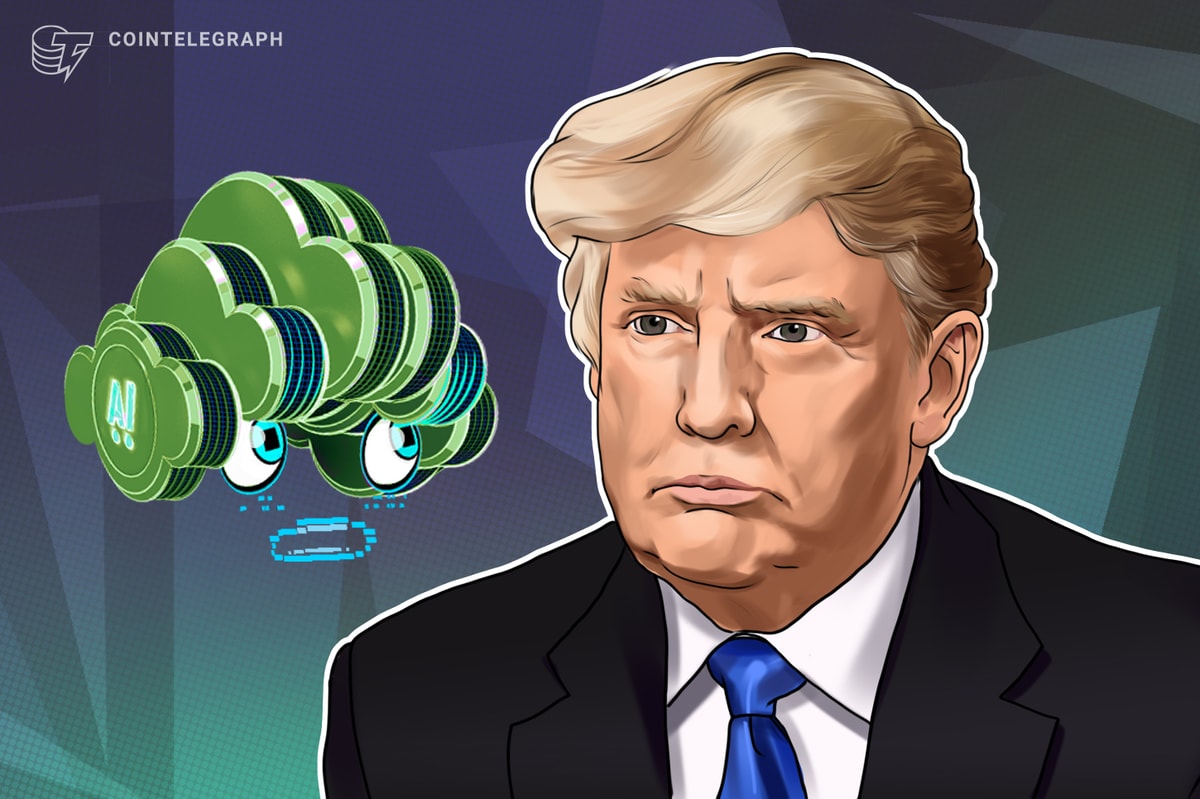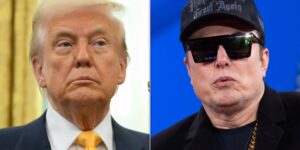Did ChatGPT Create the Formula for Trump’s Tariff Rates?

The Mysterious AI Connection to Trump’s Tariff Announcement
Recently, a surprising theory emerged on social media regarding former US President Donald Trump’s announcement of a new reciprocal tariff plan. This plan involves imposing a minimum 10% tariff on all countries, and some users speculate that it could have been influenced by an artificial intelligence chatbot, such as OpenAI’s ChatGPT.
ChatGPT’s Role in Tariff Calculation
Shortly after Trump’s announcement in the White House Rose Garden on April 2, several users on X (formerly Twitter) claimed they could replicate the tariff structure using straightforward prompts for ChatGPT. An NFT collector known as DCinvestor mentioned he was able to generate the same tariff plan using the AI, stating on X that, “I was able to duplicate it in ChatGPT.” He further noted that the AI had informed him that this method was not previously documented.
This comment sparked conversations within the online community regarding the potential use of AI in decision-making at high levels of government.
Similar AI Responses
This idea of AI influencing trade policy built momentum after other users, like crypto trader Jordan Fish, also known as Cobie, tested ChatGPT with a prompt that sought a method to calculate tariffs. He asked for a simple calculation to impose tariffs that would create a level playing field in trade with a minimum of 10% applied. The AI returned results that closely mirrored Trump’s newly announced tariff plan.
Furthermore, Wojtek Kopczuk, editor of the Journal of Public Economics, confirmed through his own experiment with ChatGPT that it produced the same results, describing them as akin to the calculations one might expect from a student in a classroom who has not taken the time to refine the work.
Perspectives from Experts
Krishnan Rohit, an author who also shared his insights on X, speculated that this might represent an unprecedented large-scale application of AI technology in geopolitics. He highlighted that various AI models, including ChatGPT, Gemini, Claude, and Grok, yielded similar responses when tasked with the question of tariff imposition.
Impact on Financial Markets
The implications of Trump’s reciprocal tariffs extend beyond political discourse into the realm of economics, particularly affecting the cryptocurrency market. On April 5, the tariffs officially came into effect, targeting all countries with a 10% tariff, while some nations experienced even higher rates—China faced a 34% tariff, Japan 24%, and the European Union 20%.
The announcement spurred a notable reaction in the crypto market, leading to a 5% drop as Bitcoin’s value fell by $5,500, reaching $82,277 before it made a slight recovery, according to CoinGecko.
Understanding the Tariff Formula
Ryan Petersen, the CEO of Flexport, explained how the Trump administration developed the reciprocal tariff formula by reverse-engineering its construction. He remarked, “It’s quite simple, they took the trade deficit the US has with each country and divided it by our imports from that country.” A similar sentiment was echoed by James Surowiecki, an editor at The Yale Review, stating that the approach involved dividing the US trade deficit with each country by that nation’s exports to the United States.
In summary, the intersection of AI and geopolitical trade policy has begun to spark curious discussions around the role technology may play in major decisions, especially within the sensitive arena of international economics and trade. As the situation continues to unfold, the significance of these connections warrants close observation.





